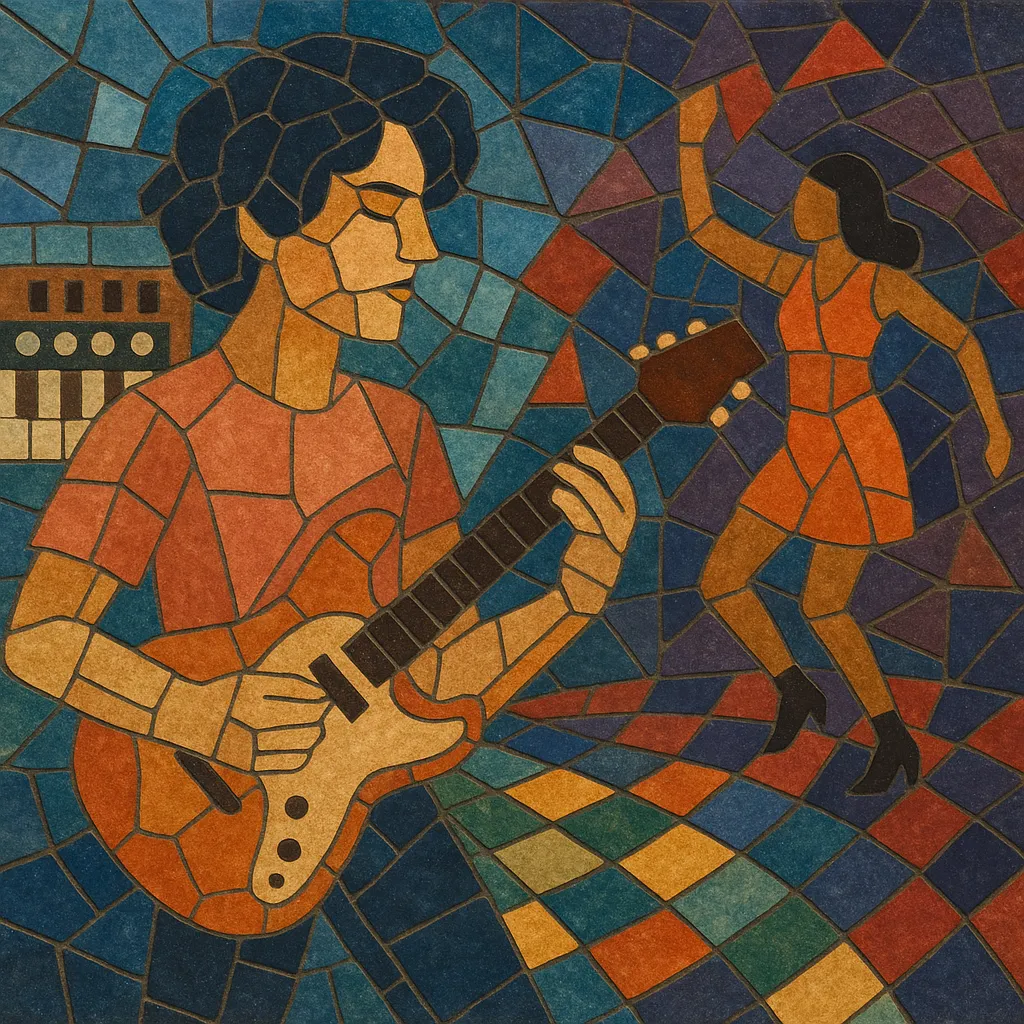
Indie dance blends the melodic sensibilities and live‑band ethos of indie rock with the groove, repetition, and production techniques of club music. The result is a dancefloor‑friendly sound that keeps guitars, bass, and vocals in the spotlight while leaning on four‑on‑the‑floor drums, funky basslines, and luminous analog synths.
The style typically sits around 108–124 BPM, favors warm vintage tones (Roland drum machines, Juno/Jupiter/Prophet synths), and draws on disco and new wave for harmony and rhythm. Hooks are carried by concise vocal lines and ear‑catching motifs, often delivered with the intimate, conversational tone associated with indie music.
Indie dance emerged as indie rock artists and DJs began embracing club culture’s rhythms and tools. Drawing from post‑punk, new wave, disco, and house, early scenes formed around New York’s DFA Records (with LCD Soundsystem and The Rapture) and parallel UK/European circles influenced by French touch and electroclash.
During the mid‑to‑late 2000s, online music blogs and tastemaker labels helped the sound spread globally. Bands like Hot Chip, Cut Copy, and Friendly Fires fused jangly guitars and live bass with sequenced drums, while DJs championed remixes that pushed indie songs toward the dancefloor. This era solidified the term “indie dance” in club listings and festival lineups.
Digital storefronts and charts (notably “Indie Dance/Nu Disco”) codified the style, encouraging cross‑pollination with nu disco, electro house, and synth‑pop. Labels such as DFA, Kitsuné, Modular, Future Classic, and Permanent Vacation nurtured artists who balanced band formats with club‑ready production. The sound matured into a polished, synth‑forward palette without losing its indie songwriting core.
Indie dance remains a flexible bridge between live band stages and DJ booths. It continues to inform electropop and indie electronic, and it resurges cyclically as new acts rediscover disco‑house grooves, analog synth textures, and understated indie vocals.

